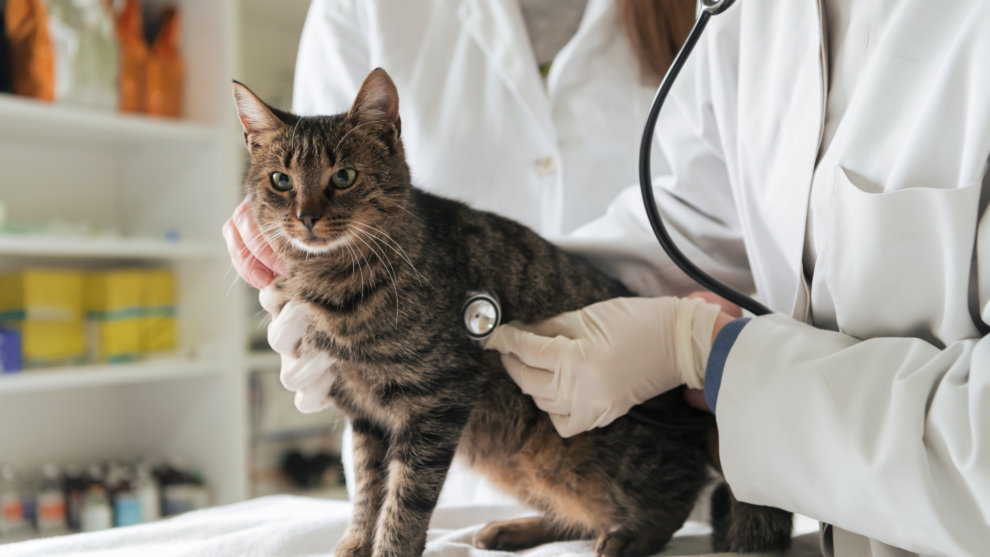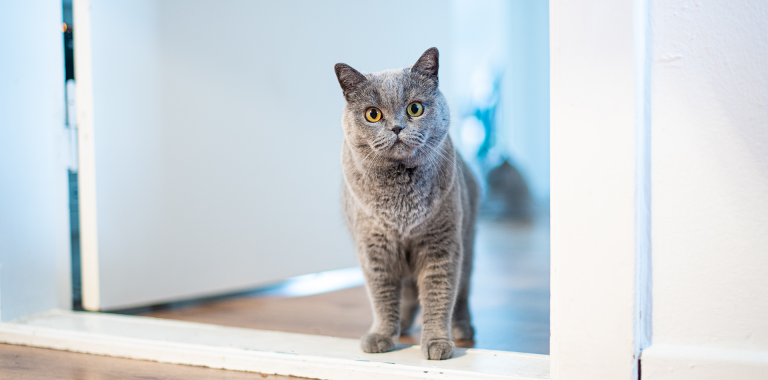The recent increase in feline distemper (parvovirus/FPV) is worrisome - especially for kittens and unvaccinated cats. Below you can read about what exactly FPV is, how it spreads, what symptoms to recognize, what a veterinarian can do and - most importantly - how to effectively protect your cat.
What is feline distemper (FPV)?
Feline panleukopenia virus (FPV) is a highly contagious parvovirus that affects rapidly dividing cells, especially in the gastrointestinal tract and immune system. It can be severe (and sometimes fatal), especially in young kittens, pregnant females and cats with lowered immunity.
How does a cat get infected?
FPV spreads through direct contact with an infected cat and through the environment (saliva, feces, urine, vomit). The virus can survive for months on surfaces and objects (trays, clothing, shoes). Good hygiene and isolation of sick or new animals are crucial.

Symptoms of feline distemper
- Severe (sometimes bloody) diarrhea and vomiting
- Fever, lethargy and unwillingness to eat
- Dehydration and weight loss
- In severe cases: neurological symptoms (ataxia)
Disease progression can be rapid. If you have (a combination of) the above symptoms, contact your veterinarian immediately.
Diagnosis and treatment
The veterinarian can demonstrate FPV with fecal or blood tests (including PCR). There is no specific antiviral agent; treatment is supportive:
- Infusions for fluid and electrolyte balance
- Nausea and pain control
- Protective antibiotics against secondary infections
- Nutritional support (tube if necessary)
Early treatment significantly increases survival rates. In doubt? Call your veterinarian right away.

Prevention: vaccination, hygiene and quarantine
Vaccination schedule
Kittens: basic vaccinations around 8, 12 and 16 weeks, then booster as advised by your veterinarian. Adult cats also need periodic boosters. Vaccination is the best protection. [link to article on topic]
Cleaning and disinfection
Clean bins, baskets and floors thoroughly. Use a disinfectant proven to work against parvoviruses (always read the label). Wash textiles at high temperatures. Rather discard heavily soiled, porous materials.
New animals and shelters
Maintain quarantine for new arrivals and sick animals. Limit contact until vet gives green light. Wash hands, change clothing and footwear after contact with high-risk situations (shelters, outdoor cats, shelters).
Frequently Asked Questions
Is feline distemper dangerous to humans or dogs?
FPV is species-specific for cats. Humans and dogs get no cats-FPV, but dogs have their own parvovirus. Good hygiene remains important for everyone. [link to article on topic]
Want to organize extra attention and rest for your cat during recovery? Consider a sweet cat sitter at home so that medication and care continue consistently.









